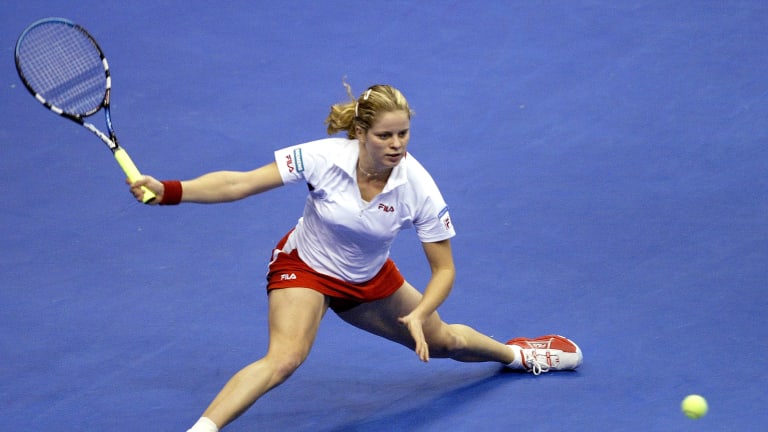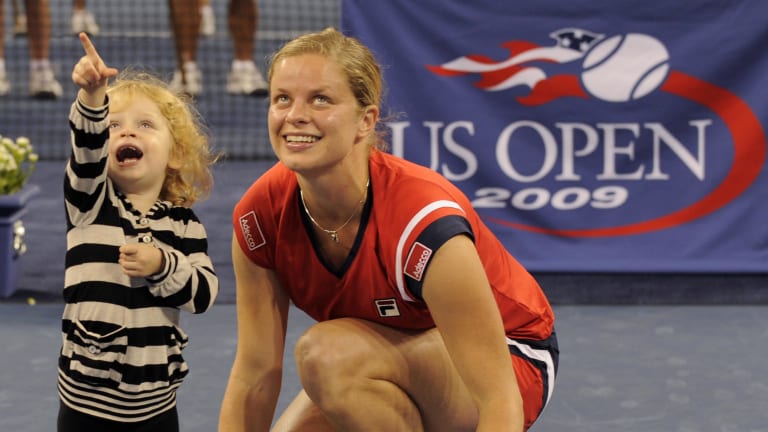Kim Clijsters ends latest comeback bid, announces retirement from tennis
By Apr 12, 2022Tennis Channel at the US Open
Kim Clijsters picks Jannik Sinner, Naomi Osaka to win 2025 US Open titles
By Aug 25, 2025Indian Wells, USA
Bryan brothers, Kim Clijsters help connect youngsters to history with "Be Legendary"
By Mar 11, 2025International Tennis Hall Of Fame
International Tennis Hall of Fame launches “Be Legendary” youth program in Melbourne, Indian Wells and Miami
By Dec 05, 2024Served Podcast
Kim Clijsters says Aryna Sabalenka resembles the great Serena Williams on 'Served with Andy Roddick'
By Sep 11, 2024Served Podcast
Andy Roddick was pessimistic about where tennis was going, but "couldn’t be happier to be wrong about it"
By Jun 11, 2024Served Podcast
Kim Clijsters, Andy Roddick react to Caroline Wozniacki’s opinion on Simona Halep’s Miami wild card
By Mar 25, 2024Served Podcast
Kim Clijsters: "no consequences for team biggest red flag” in Simona Halep case
By Feb 22, 2024Podcasts
Kim Clijsters braves hangover for special appearance on new podcast 'Served with Andy Roddick'
By Feb 21, 2024Social
Venus Williams shares return to tennis court in San Antonio on YouTube channel
By Dec 19, 2023Kim Clijsters ends latest comeback bid, announces retirement from tennis
The former world No. 1 has found it difficult to stay away after twice retiring in 2007 and 2012, launching a third career that was ultimately curtailed by the COVID-19 pandemic.
Published Apr 12, 2022
Advertising
Advertising
Advertising

Clijsters' illustrious career spans nearly three decades, highlighted by her initial 2003 ascent to world No. 1—in both singles and doubles.
© Getty Images
Advertising

Her 2009 comeback was barrier-breaking, proving the modern player could not only win through motherhood, but even dominate—winning three majors in just over two years.
© AFP via Getty Images